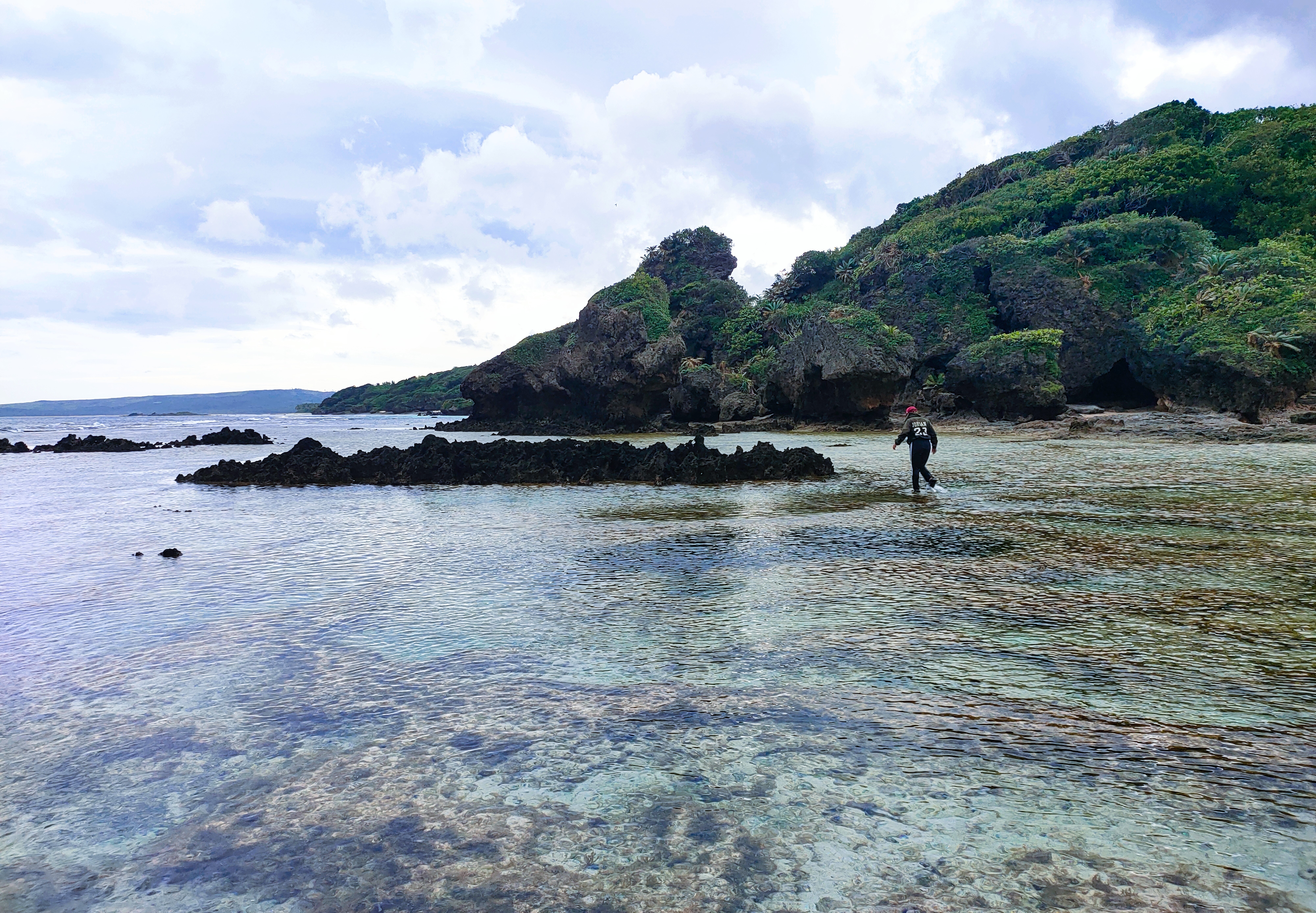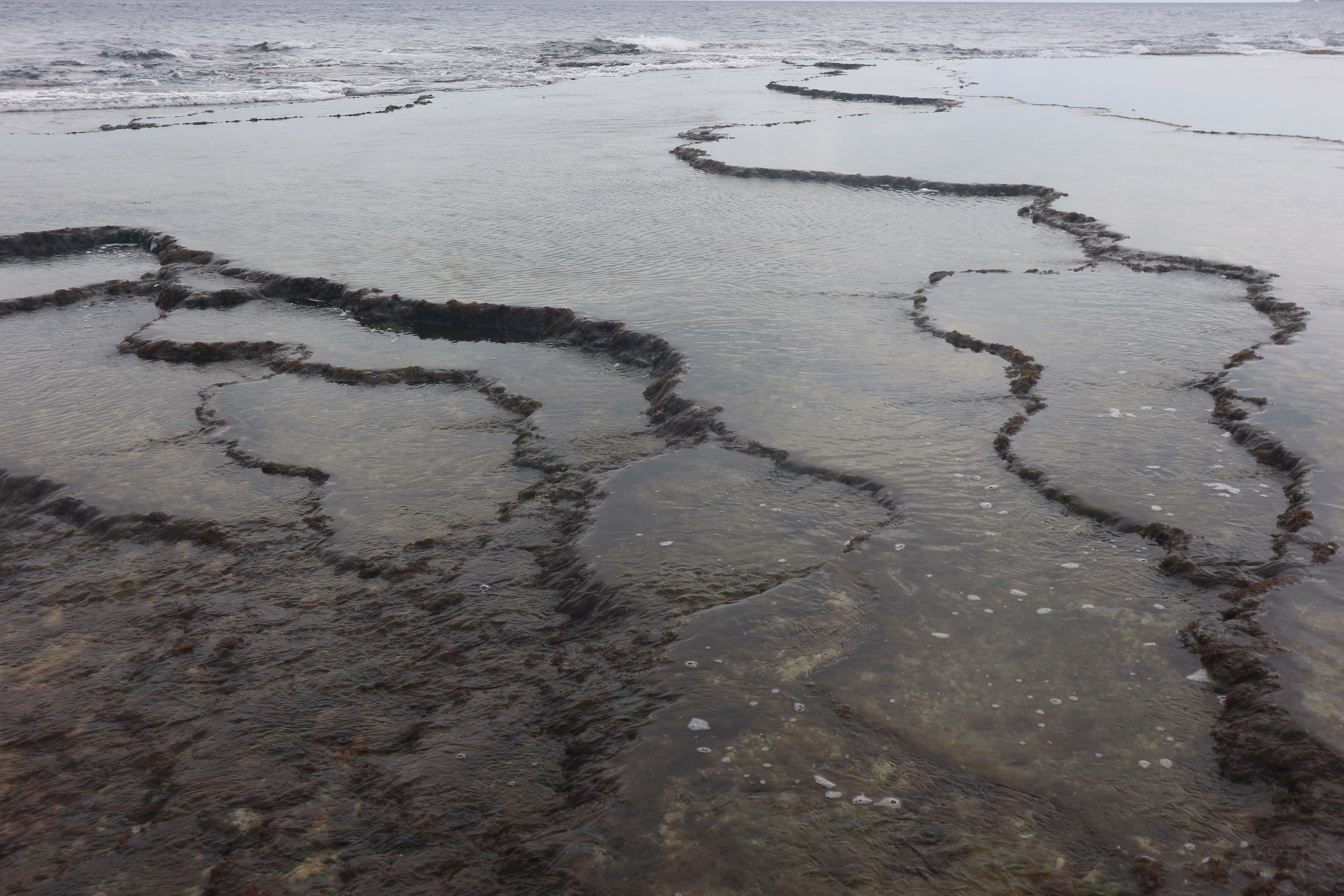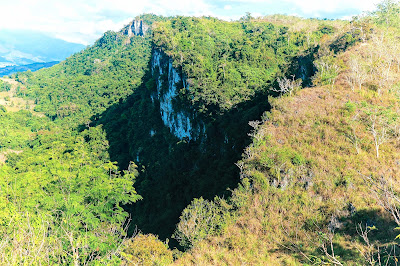THE TIMELESS CONFIDENCE OF ZAMBOANGA, ASIA'S LATIN CITY
By Sonnyboy Pacursa
The city of Zamboanga is one of the ultimate goal of travelers if you choose to visit Mindanao, the land of promise. It's no less than the gateway to some of the most pristine, rawest and finest beaches in the Philippines particularly in the Sulu Archipelago, comprising hundreds of volcanic and coral islands and numerous rocks and reefs in the southwestern Philippines; so vast that it extends 270 kilometers from Basilan island off southwestern Mindanao and ends near the eastern shores of Sabah in Borneo Island.
 |
| Zamboanga City's Rainbow Mosque (Masjid al-Islamiyah) |
The ease of modern transport brings near the farthest, most exotic and barely untouched corners of the country but even with that, the allure of the colonial Zamboanga doesn't diminish. The gentle breeze of Paseo del Mar that delighted me - the Castilian ambiance of the surrounding, the medieval buildings, forts and colonial signage, the people mumbling in Latin-style dialect called "Chavacano", the agreeable lifestyle and outfits - are only a small part of the reward Zamboanga City offers.
 |
| Zamboanga City Hall, representing Spanish remnants |
The country proliferates with sumptuous hotels, museums with priceless treasures of the glorious past, intricate cathedrals and mighty fortresses that evoke the vision of the splendid history. Zamboanga, being called the Latin City of Asia because of the colonial remnants similar to that of Macau, also have them all, but also coming along with the softness and warmth of random women in "hijab" or "shayla" rarely found in the newness of Metro Manila. Or with sipping coffee and having a delectable dinner along the promenade of Paseo and observing the daily bustle of night life and flicks of light.
 |
| Nuestra Señora La Virgen del Pilar de Zamboanga, a Spanish influence architecture |
For us residing in Luzon, or those who are far from Mindanao, part of Zamboanga's appeal is, in a sense, one of the familiar. Even without visiting the city, we have, from childhood on, already been there in a way. We have our images in elementary books, postcards and picture alphabets representing the bold letter V: the vinta, a colorful sailboat that is the most iconic emblem of the city. Tradition cruises well in Zamboanga waters with these boats cozy with romantic colors of geometric designs seen racing and plying through the Basilan Strait off the Zamboanga peninsula.
The Spanish conquest of Zamboanga began in 1635 when the mission landed in a fishing village called Recodo. With the strengthening of the Spanish presence, turmoil have risen and stirred up commotion with local tribes and other colonizers. This prompted the Spaniards to build a fortress for their defense against the marauding Moros, Dutch, Portuguese and British.
Today, the fortress is called the Fort Pilar, now used by the National Museum of the Philippines to showcase galleries of photos and artifacts of the rich historical and cultural heritage of Zamboanga and Mindanao.
 |
| The Fort Pilar, an old fortress-turned museum showcasing Mindanao's legacy |
While there are no Spanish bastions of faith as grand and glorious as those that are found in Ilocos, Cebu or Cagayan, the city is amazingly predominant Roman Catholic comprising almost two thirds of the total city population especially among the Chavacano, the Bisaya and Luzon-oriented ethnic groups and emigrants. However, among the cities in Mindanao, Zamboanga tops the list of the most Muslim-populated area since it is the second largest metropolis in terms of population with close to 1 million next only to Davao.
With its Islamic touch, no wonder that aside from the colorful vintas, you can find several masjid or mosque in the city, one of which is the colorful rainbow Masjid Al-Islamia that draws throng of tourists in Brgy. Tumaga. Its colorful dome and minarets were painted that way as a call for peace and unity, replacing its original white and green bleak, dull colors. Today, the Masjid Al-Islamia is one of the most visited places in the city because of its flamboyance adorned with Maranao art and intricacy. While it seemed disrespectful to set foot on a masjid if you're not practicing Muslim faith, most mosques welcome visitors of other denominations just like Catholic churches allowing travelers for tourism purposes.
 |
| Zamboanga is the largest Muslim city in Mindanao in terms of population though many in the city are Catholics |
Much has been said into this immense and bustling city of 98-barangay which is also the third largest city in the country in terms of land area next to Davao and Puerto Princesa, Palawan. Zamboanga City is among the most progressive metropolis in the country and a premiere city in Mindanao. It boasts 8 of the 11 sardine-canning industry in the country, making it the "sardine capital of the Philippines".
 |
| Merloquet Falls, one of the Mindanao's most beautiful waterfalls |
Biodiversity wise, Zamboanga has among the largest protected watersheds in the country, home to about 200 species of birds. The Zamboanga State College of Marine Science and Technology or ZSCSMT located near the port of Zamboanga is an important bird area. This 5-hectare sanctuary is the first in the country documented as breeding grounds of the great white egrets from the south through migration. Species such as flocks of the elegant scarlet ibis, the largest ibis in Asia, regularly find refuge in its swamps. On February 2023, the sanctuary was the site of Zamboanga Bird Festival highlighting the biological importance of the city and the entire province for bird biodiversity and so, Zamboanga has been a favorite place for birding enthusiasts and ornithologists to do their penchant and scientific studies.
Before 2006, Zamboanga was then called the City of Flowers owing to its etymology from Malay word "jambangan" which means "place of flowers"; a scene testified by the Spaniards in the early 17th century where the roads they used to roam for their conquest were lined with bougainvilleas, orchids and other tropical flowers.
 |
| Zamboanga is becoming a haven for bird enthusiasts in the country |
Today, Zamboanga is one of the most colorful cities in the country, though prior to that, life in the city has not been without its dark side. There is a strong fiber in a people who have endured wars, invasions and political or religious differences. On September 2013, the infamous Zamboanga Siege took place when fighting between faction of the rebel group MNLF and government troops erupted sporadically for nearly a month, resulting into the displacement if 120,000 people, destruction of homes and properties including the Zamboanga Port and its Airport, and hundreds of deaths.
 |
| The extravagance of Zamboanga City |
The years following the siege have robbed Zamboanga some of its extravagance but with timeless confidence, the city stood the test of time, not from the siege, but from the influence of the Spaniards until it became the Asia's Latin City. Many people believe that this monicker was a more relevant and significant label for the city given the fact that the people of Zamboanga speak Chavacano, a local dialect composed of 80% Spanish words and the remaining 20% a mixture of other local dialects.
Masterworks of Spanish architecture in the city still cast their spells and its timeless confidence as a Latin City often still comes in peering through the long telescope of time.
#ZamboangaCity #ExploreMindanao #ZamboangaTourism #ZamboangaPeninsula













































